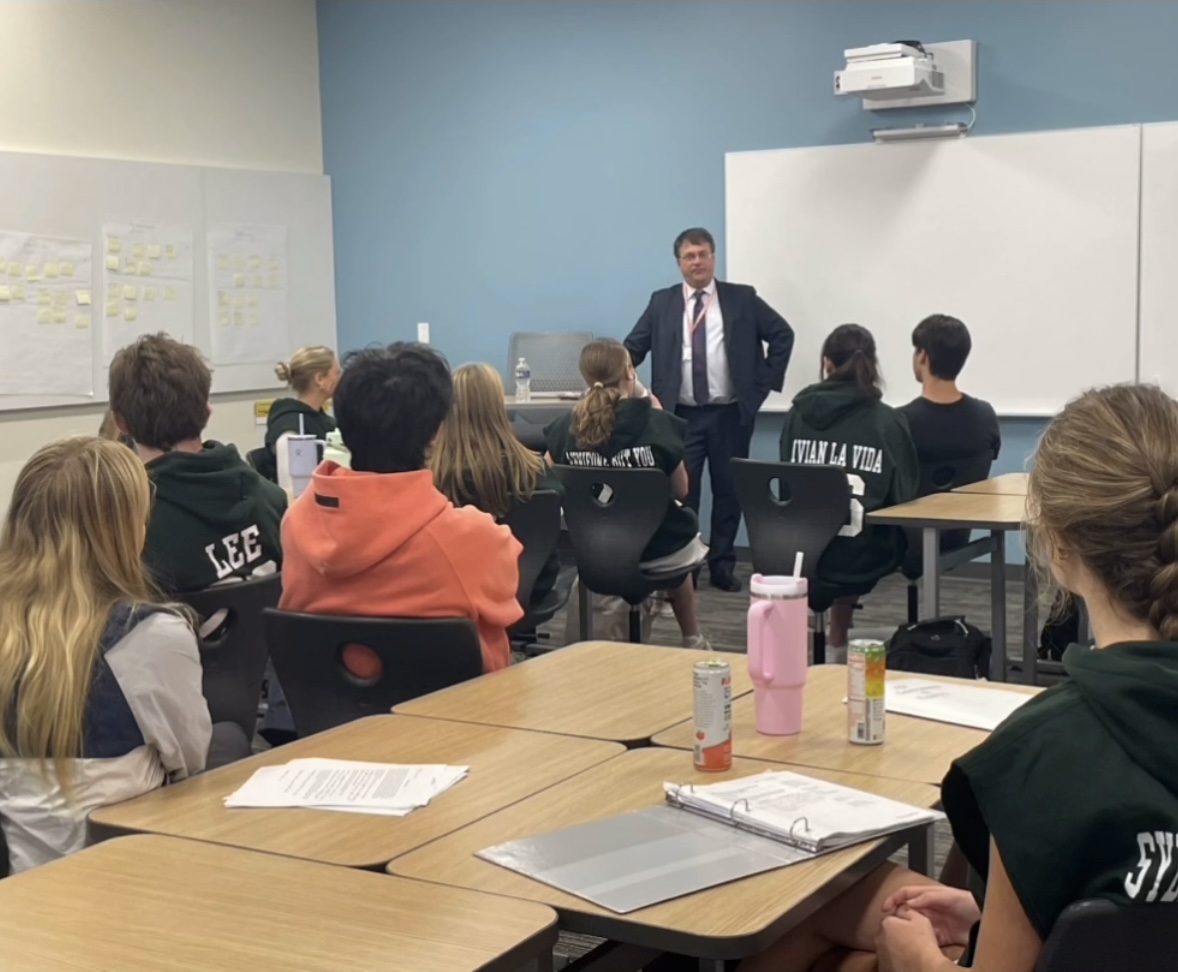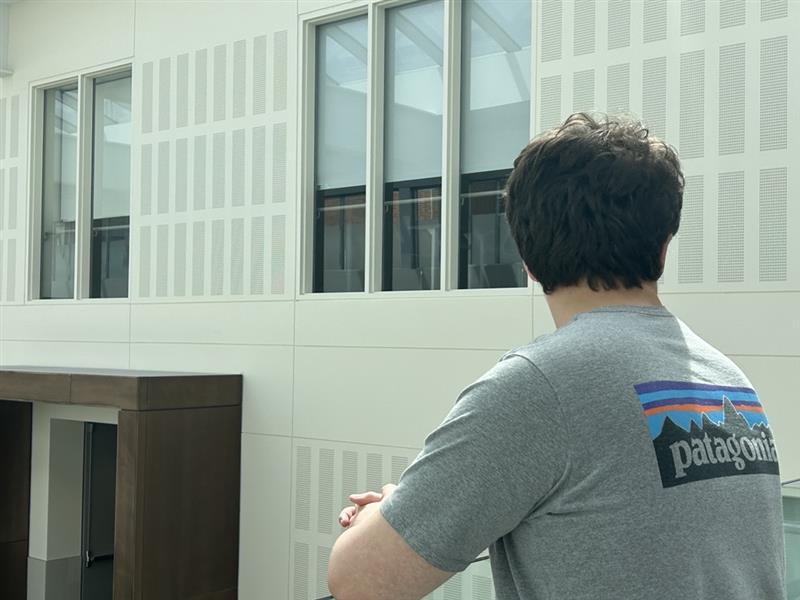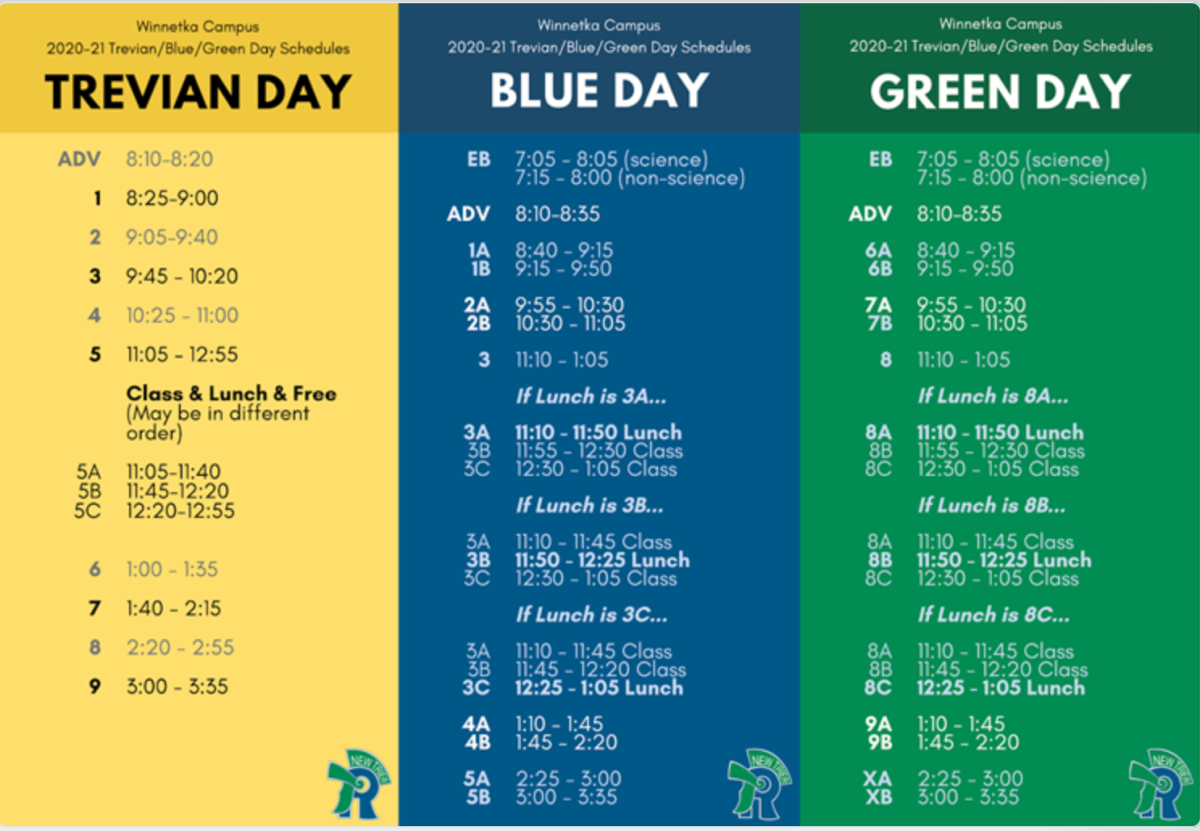Better off With Block!
December 7, 2020
When we first went into quarantine last spring, New Trier made the switch to a block schedule from a 9 period-per-day schedule. We believe that this was the best decision New Trier could make for the benefit of the student body. This switch has allowed students’ stress to go down, more time to meet with teachers, fewer classes each day, more time to learn, more time to rest and rejuvenate along with much more. Some may disagree, but we think that overall switching to a block schedule, especially with remote learning, was a smart, beneficial, and helpful decision to make. The new schedule has helped to keep us sane and organized through this unfamiliar time.
The switch to the block schedule this school year has allotted for a lower amount of homework. The homework that we are assigned in class isn’t due the next day allowing us to have more time to complete it thoroughly. Instead of having to rush through all the homework assigned in one night, we can space out the work over the two nights between each class. This has helped to lower the amount of stress because the homework load each night isn’t overwhelming. On top of that, if students have a free period, they have time cut out during the day to complete their work. On Green Days, with school getting out at 2:20, there is an extra hour of time students can spend working.
The block schedule on Blue Days holds classes 1-5 and on Green Days classes 6-9. This means there is less information being learned each day, but this is extremely beneficial because our brains have less information to process. Instead of having to go to 9 very different classes and retain all the information, we are learning about half of that information. We think this helps to actually learn and retain the material. Our brains have more time to comprehend and process, and we aren’t overwhelmed each day by nine classes’ worth of information.
The block schedule has also given students more opportunities to meet with their teachers. Each Monday we have Grey Days when teachers are available to meet. The ‘X-Block’ after 9th gives another opportunity for students to meet with teachers. Because often we are learning at home, understanding the material is more difficult. Having this time to meet with teachers is very helpful.
As New Trier students move between classes the schedule allows an automatic five minute passing period. On top of this there is a natural five to ten minutes at the beginning of each class to take attendance and another five minutes at the end of class to pack up and get ready to leave. These standard times remain the same duration no matter the length of the class period. So when making the class periods longer and having them occur less frequently, it cuts out the time lost in transition. Fewer transitions during the day allows students to spend less time in the halls and more time learning
Many students and even teachers experience a feeling of tiredness often referred to as zoom fatigue. Due to the constant necessity of being actively focused on a screen it is easy to get exhausted. This is why Grey Days matter. They leave an extra day for independent learning aka no zooming. This allows students to have a mental break from zooming.
Before a schedule change we used to have “Trevian Days.” During these days students would zoom into all classes (consisting of classes from both Blue and Green Day’s). Many students and teachers found this day to be exhausting, for there was a constant switch which after a while became overwhelming. In our opinion it seemed as though we got nothing done these days, and we had no benefit in attending classes. By the time the teacher was done taking attendance we had less than 30 min to learn which usually consisted of recap on past lessons and or time spent importing/printing documents for the lesson.
Some may claim that some students would be better off having every class every day. They need the constant reminder and attention which a daily schedule provides. While yes this may be true that some students would benefit without the block schedule, it is working for the student body as a whole. Teachers can also help accommodate students’ needs with reminders such as posting on Canvas, using Remind (an app similar to Messages but does not use phone numbers), and or physical notes dropped off to advisors. Overall, the pros outweigh the cons. The majority of students are benefiting from a block schedule.












































